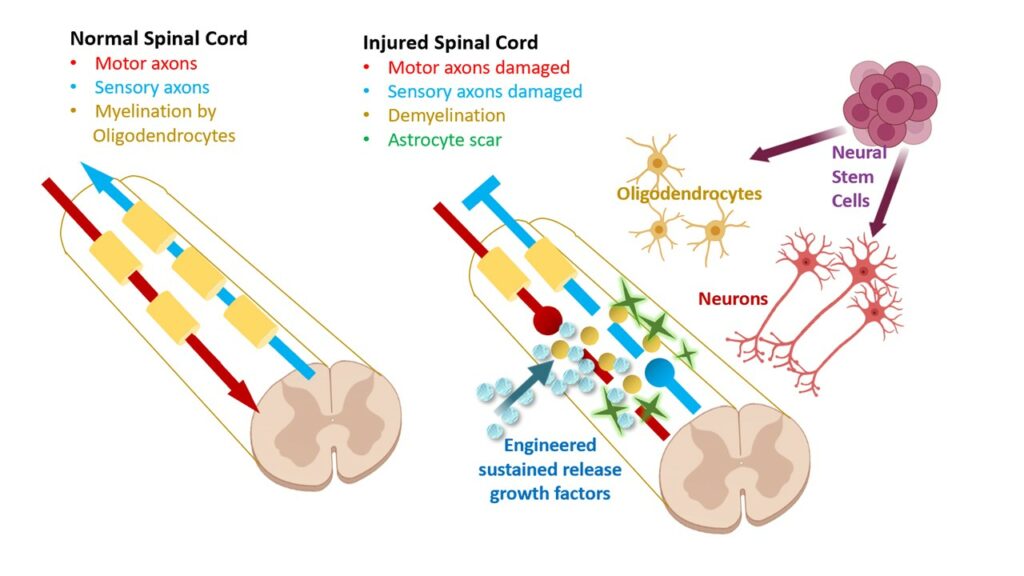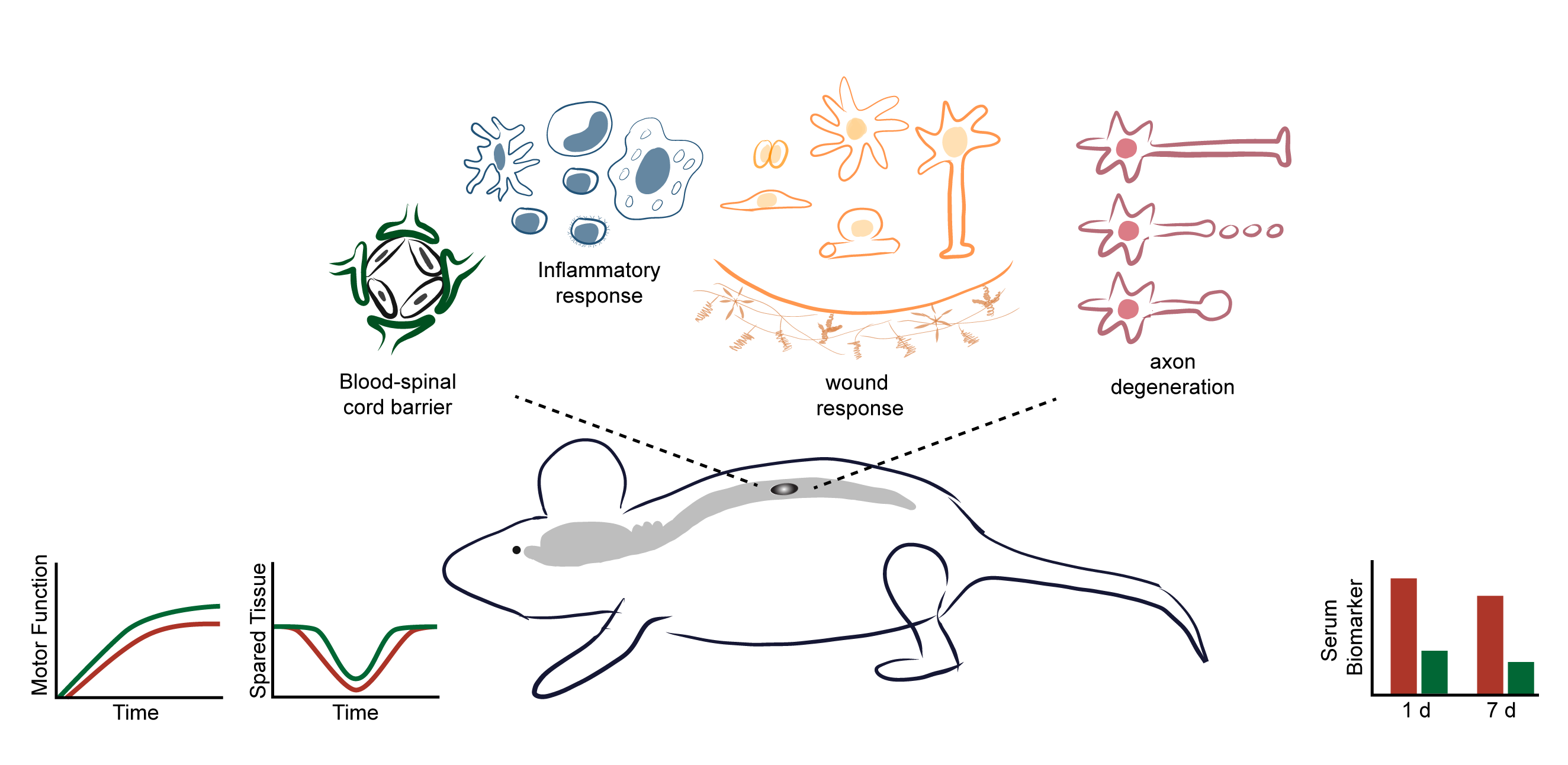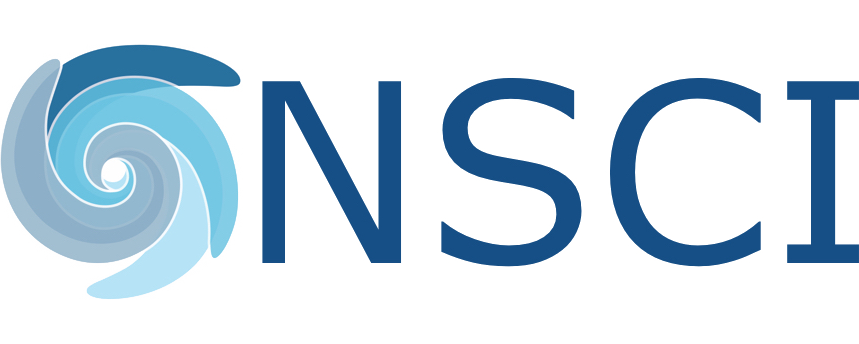Spinal Cord Injury Program
Spinal cord injury (SCI) is a devastating condition that impacts young and old people alike. SCI is complex and multifaceted with three major obstacles to therapy: loss of neurons, production of an impenetrable glial scar, and loss of key insulating cells called oligodendrocytes. Stem cells overcome these problems and are able to carry out repair and regeneration in many animals, but in mammals, like mice or humans, resident stem cells are inhibited and remain dormant after injury. Researchers have found that injecting new stem cell-derived cells into injured spinal cord produces positive results in animal models. Beyond such replacement therapy, it may be possible to activate the dormant, resident stem or progenitor cells within the spinal cord to stimulate natural repair.
NSCI research has shown that small biodegradable beads that release cell activating factors can stimulate resident stem/progenitor cells to mediate repair and regeneration, and partially reverse paralysis in animal models. These is a novel bioengineered reagent that may be used to reawaken endogenous stem cells from dormancy and instruct them to promote repair and regeneration. NSCI is poised to move this exciting finding from laboratory mice towards the clinic.

Engineered growth factors injected into the injured cord can promote a regenerative environment. Neural stem cells generate oligodendrocytes and neurons that can benefit recovery after the injury.
(Diagram created using Biorender).
The Hill Lab
The Hill laboratory focuses on spinal cord injury (SCI) repair and the development of therapeutic interventions to promote recovery of function. Studies range from examining the basic biology of axonal regeneration to testing small molecules and cellular transplants for their ability to promote axonal regeneration and functional recovery in rodent models of spinal cord injury.

